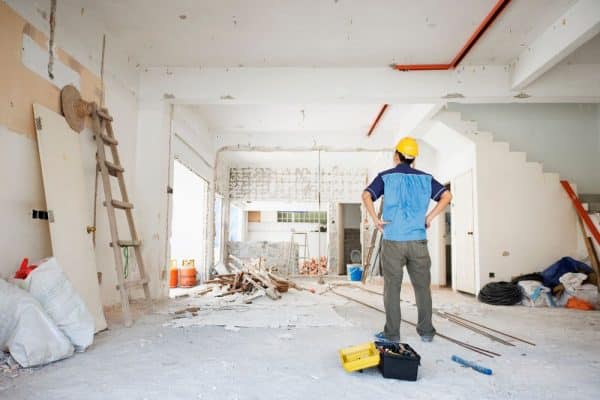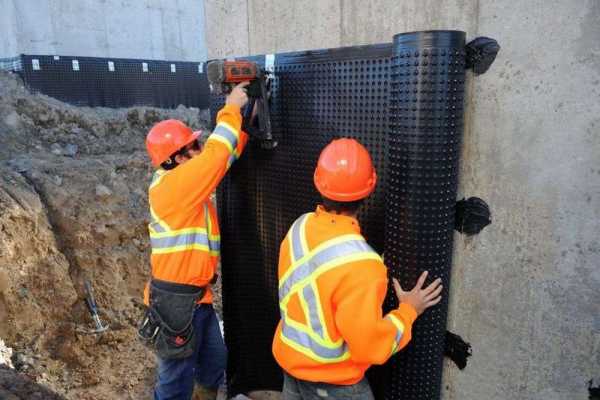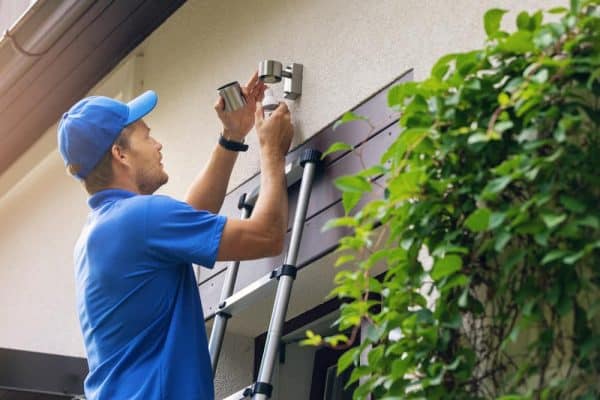Creating a cohesive hardscape design that complements a home’s architecture requires a careful balance of elements. By considering the style, materials, and colors of the home, one can achieve a seamless integration between the landscape and the structure. This approach enhances visual appeal and increases the property’s overall value.

Architectural details such as roof lines, window frames, and exterior finishes offer clues on how to select hardscape features. Incorporating elements like pathways, patios, and retaining walls that echo these design traits can create a unified aesthetic. Attention to scale and proportion is essential in ensuring that hardscape components do not overwhelm or understate the home’s features.
Understanding Hardscape and Your Home’s Architecture
Defining Hardscape Elements
Hardscape elements include patios, walkways, retaining walls, and decks. These features are typically constructed with materials such as stone, concrete, or metal, which provide textures and colors that can either contrast with or enhance a home’s exterior. Key hardscape components include:
- Patios: Create outdoor living areas that extend the indoor space.
- Walkways: Direct foot traffic and can set the visual theme.
- Retaining Walls: Address elevation changes while adding additional planting space.
Assessing Architectural Styles
Different architectural styles require unique hardscape considerations. For instance, a modern home might benefit from sleek lines and minimalist structures. In contrast, a traditional home may align better with brick pathways and stone features. Architectural styles and hardscape pairings include:
- Contemporary: Emphasizes clean lines.
- Colonial: Classic materials like cobblestone or brick complement this style.
- Craftsman: Natural materials like gravel or flagstone enhance rustic charm.
Recognizing these relationships helps homeowners make informed decisions, ensuring that the hardscape complements their home’s architectural integrity. This detail is vital for achieving a cohesive design that resonates with personal taste and local character.
Design Principles for a Cohesive Hardscape
Harmony and Contrast
Achieving harmony in hardscape design involves coordinating materials and elements with the home’s architecture. This can be done by matching the style of the home—traditional, modern, or rustic—with complementary paving materials, walls, and features.
Contrast is equally important. Using different textures and shapes can highlight architectural details. For example, pairing smooth stone pavers with rough-hewn walls introduces visual interest.
Attention to scale ensures that the hardscape elements are neither overwhelming nor underwhelming compared to the home. The combination of harmony and contrast establishes a dynamic yet cohesive outdoor space.
Balance and Proportion
Balance in hardscape design refers to the visual weight distribution of elements. Symmetrical designs, such as paired planters or matching pathways, create a formal balance. In contrast, asymmetrical arrangements offer a more relaxed feel while still maintaining visual equilibrium.
Proportion relates to the size of each hardscape element in relation to the home. For example, oversized stone slabs may dominate a small garden space or walkway.
It is essential to consider how different hardscape components interact. Elements must relate to one another and the home’s dimensions to form a visually appealing composition that feels intentional.
Color and Texture Coordination
Color selection plays a vital role in unifying a hardscape design. Choosing a color palette that complements the home helps create a seamless transition between indoor and outdoor spaces. Neutral colors like beige, gray, or taupe often harmonize well with various architectural styles.
Texture enhances visual interest. Mixing smooth and rough materials, such as polished concrete with natural stone, creates depth. This combination enriches the aesthetics while ensuring the design feels cohesive.
When selecting colors and textures, it is beneficial to consider the surrounding landscape. Elements like plants, trees, and outdoor furniture can influence choices, reinforcing the overall theme of the space.
Flow and Connectivity
Effective flow and connectivity ensure that outdoor spaces are navigable and inviting. Designing pathways that connect different hardscape areas encourages movement and interaction with the landscape. Curved paths often feel more organic compared to straight lines, which can appear harsher.
Incorporating multiple access points to various outdoor features, such as seating areas, gardens, or water features, enhances connectivity.
It is crucial to avoid cluttering pathways with excessive elements. Clear sightlines and well-defined routes guide visitors smoothly throughout the landscape. This approach fosters an integrated experience between the home and outdoor areas, promoting the desired cohesiveness.
Material Selection and Sustainability
Choosing the Right Materials
Hardscape materials should reflect the style of the home while also being durable and functional. Common materials include:
- Natural stone: Offers a timeless look and varies in color and texture. It’s long-lasting and requires minimal maintenance.
- Concrete: A versatile option that can be molded into various shapes. Choosing permeable concrete can aid in water drainage and reduce runoff.
- Brick: Provides an enduring, classic aesthetic. It is recyclable, adding to its sustainable aspect.
Opt for locally sourced materials when possible. This reduces transportation emissions and supports local economies. Consider recycled materials to minimize waste and promote sustainable practices.
Environmental Considerations
- Life cycle analysis: Factors in how materials are extracted, manufactured, and disposed of at the end of their life.
- Eco-certifications: Look for certifications such as LEED or Environmental Product Declarations (EPD), which indicate products meet certain sustainability standards.
- Water management: Implement materials that promote natural water absorption, thus reducing stress on municipal systems.
Prioritize materials that enhance outdoor biodiversity. Incorporating native plants, for example, supports local wildlife. Balancing aesthetic appeal with ecological responsibility is crucial in hardscape design.
Implementation and Maintenance
Professional Installation vs. DIY Approach
When you’re ready for home improvement in Nashville, choosing between a professional installation and a DIY approach has significant implications. Professionals bring expertise in design, materials, and proper techniques, ensuring the hardscape integrates seamlessly with the home. They can also navigate local regulations and codes, particularly important in areas where home improvement projects may require permits.
A DIY approach can save costs and allow for personalization. Individuals with experience in landscaping may successfully execute a plan by selecting appropriate materials and tools. However, they should be prepared for potential challenges, including time constraints and the need for additional resources. Weighing these factors is essential for achieving the desired outcome.
Ongoing Care and Upkeep
Maintaining a hardscape design involves regular inspections and preventative measures. This includes cleaning surfaces to prevent the buildup of moss or dirt, which can detract from visual appeal. Use a pressure washer periodically for concrete or stone materials; this helps maintain their integrity.
It’s also important to address weeds and plant growth that may emerge through joints. Applying a quality weed killer or using landscaping fabric can effectively manage this issue. Checking for erosion, especially in areas with slopes, ensures the longevity of the structure.








